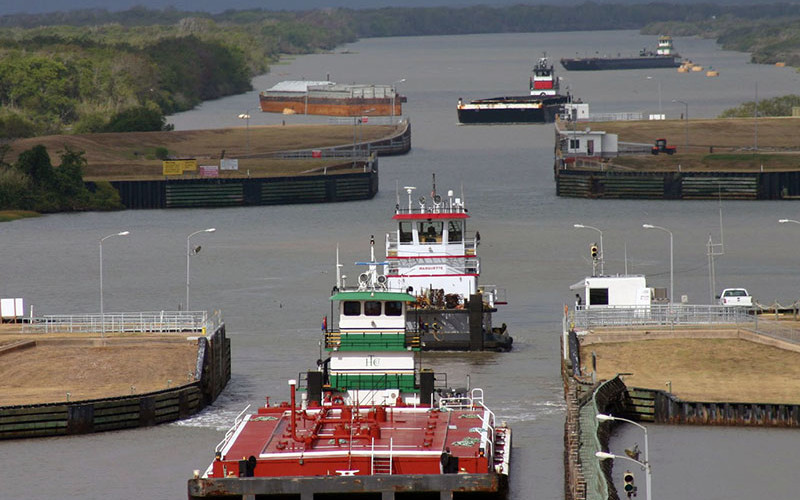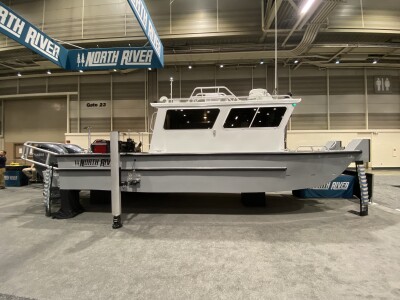When Congress passed the much-anticipated bill to improve the nation’s sagging infrastructure two years ago, it allocated $2.5 billion to fund lock and dam modernization projects along the inland river system.
This was a major win for barge operators and shippers that use the rivers to get their cargoes to customers. They have endured years of costly delays and unreliable service from infrastructure that is 60 years old and frequently shuts down for repairs or maintenance. Eighty percent of locks are beyond their design life of 50 years, and only two locks are under 10 years old.
Seven river projects, many of which have languished for years due to inadequate funding, were selected to receive money, with five to get enough for completion. But because of inflation and other factors, cost overruns threaten to derail this goal unless Congress steps in with more money.
“We need another infrastructure bill to complete these projects,” quipped Tracy Zea, president of the Waterways Council Inc., Washington, D.C., which advocates for river infrastructure funding. He spoke at a Marine Money conference in New Orleans in December.
Zea offered an update on infrastructure spending, saying that all but $113 million of the $2.9 billion allocation has been spent on the priority projects, while the remaining $113 million is expected to be included in the Biden administration’s next budget request, expected in early 2024.
The seven projects are: McClellan-Kerr Arkansas River Navigation System in Three Rivers, Ark.; Arkansas River Navigation Study; TJ O’Brien Lock and Dam on the Illinois Waterway; Upper Mississippi River Lock and Dam 25; Kentucky Lock and Dam; and Montgomery and Emsworth Locks and Dams, both in Pennsylvania.
The five slated to be funded to completion, Three Rivers, Montgomery Lock, TJ O’Brien, Lock and Dam 25 and Kentucky lock, are experiencing cost overruns and need more money to finish, ranging from $330 million to $800 million per project, Zea said.
“The good news is that there is an appetite to complete these projects within Congress,” Zea said. “Congress is very supportive of the inland waterways transportation system.” He said lawmakers are considering a new Water Resources Development Act (WRDA) that advocates hope will include language stating that all projects funded under the infrastructure package will remain 100% federally funded.
Zea added that WCI is concerned about a Corps of Engineers projection that it will take 10 years to complete Lock and Dam 25 on the Upper Mississippi River-Illinois Waterway. “That’s unacceptable,” he said. “In the 1920s, when the system was built, it took six years. We are encouraging the Corps to expedite lock construction to be completed in six-to-eight years.
“If it’s a 10-year timeframe, with 15 projects on the books, it would take 150 years. It’s imperative that we complete projects so that we don’t build a backlog with others coming on.”





